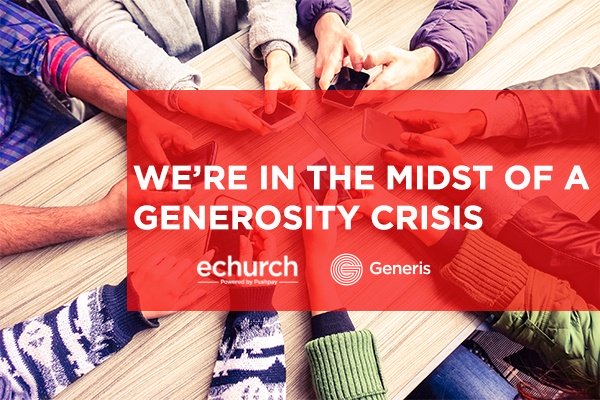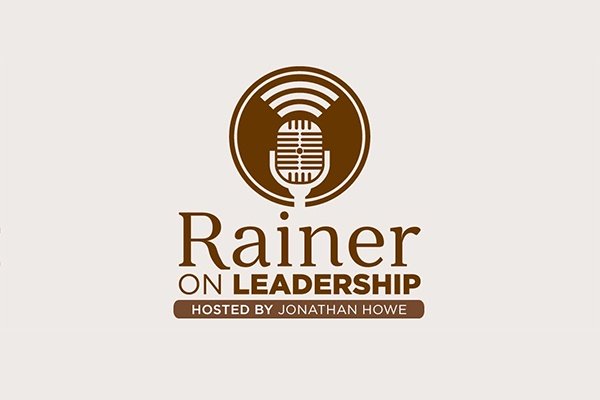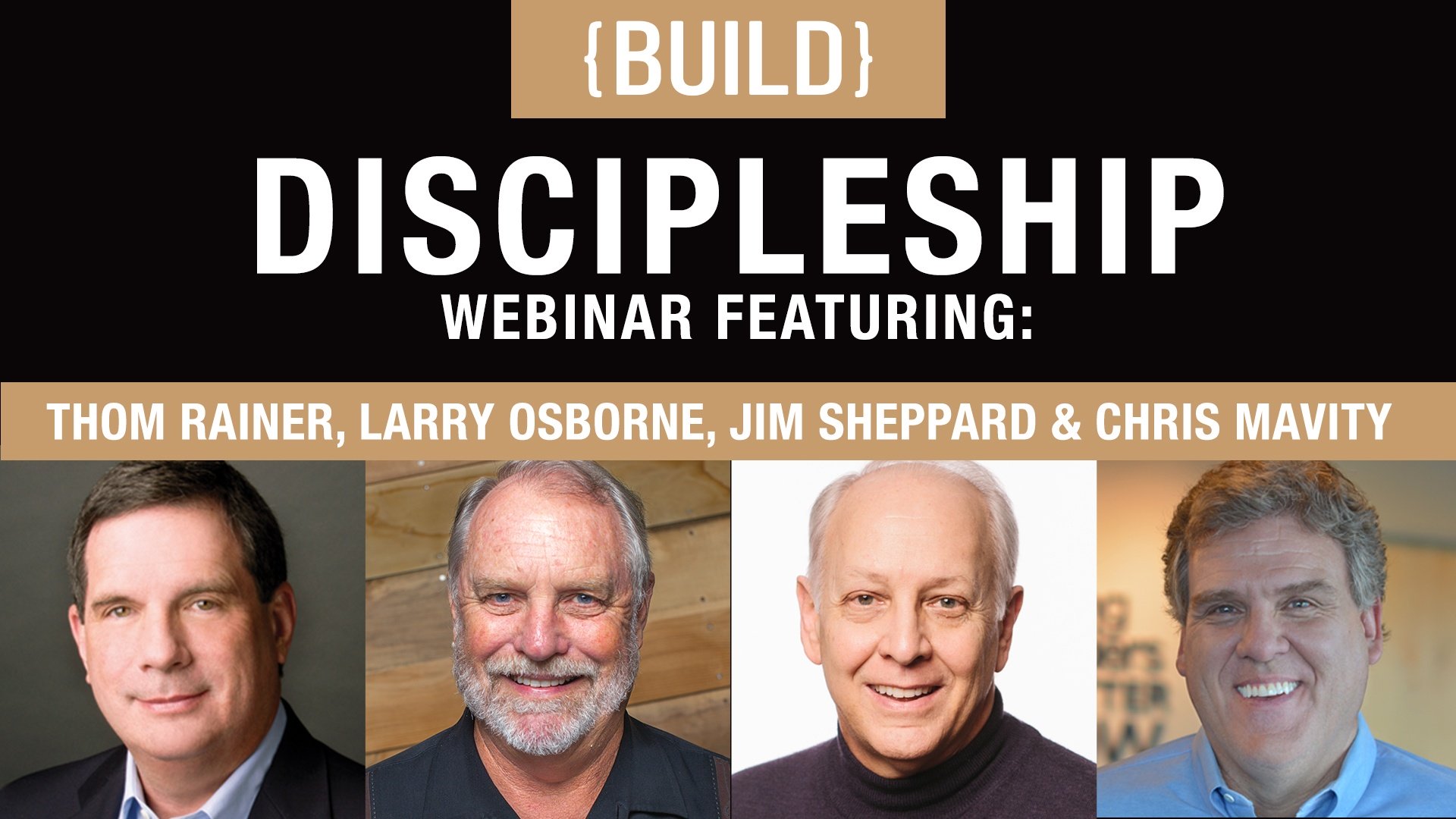
According to a 2016 article in Relevant magazine by Mike Holmes, American Christians give only 2.5 percent of their income to churches. Even in the midst of the Great Depression, Christians gave, on average, 3.3 percent of their income. Tithers make up only 10 to 25 percent of a normal congregation today.
But here’s the kicker, Holmes adds, if American Christians gave a minimum of 10 percent (otherwise known as a biblical tithe), American churches would have an additional $165 billion to use for ministry. What could the Church do with that kind of money? He suggests:
- With $25 billion we could relieve global hunger, starvation, and deaths from preventable diseases in five years.
- We could use $12 billion to eliminate illiteracy in five years.
- We could still spend $15 billion to solve the world’s water and sanitation issues.
- A total of $1 billion would fully fund all overseas mission work.
- After all of that, we would be left with $100 to $110 billion for “additional ministry expansion.”
Those stats are frankly mind-boggling.
Bill Hybels says it like this in his book, Courageous Leadership: “Be as theological as you want to be, but the church will never reach her full redemptive potential until a river of financial resources starts flowing in her direction.”
Until God’s people use God’s resources for God’s work, God’s mission will remain undone.
Imagine what God could do through your church if the resources that were already in the hands of your congregation were being directed at kingdom ministry efforts. Imagine what God could do in the world if the Church were truly fully resourced.
But is that even possible? What if the number one reason those resources are still in the pockets of your congregation isn’t an issue of spiritual maturity? What if it’s a technological one?
Goodbye, Offering Plate
For the past century the foundation of the offering plate’s role in church worship has rested on the main avenues for spending outside of the church—checks and cash. For most of the 20th century, when you wanted to buy a loaf of bread, tickets to a baseball game, or a new pair of pants, you needed to write a check or have some cash in your billfold. If you needed to pay your mortgage, you relied on some form of paper currency.
It’s just how business was done.
But that’s changed.
The US Federal Reserve estimated that there would be $616.9 billion in cashless transactions in 2016, which is 10 times as many cashless transactions as took place in 2010. Consumers are choosing convenience, speed, and efficiency over paper money and checks. The study, “Getting Rid of Paper: Savings from Check 21,” by the Federal Reserve Bank of Philadelphia, suggests that consumers are getting $2 billion in benefits by making transactions cashless. As of 2014, more than half of all payments in North America were made cashless.
In a 2013 article for Business Insider, Owen Thomas says the number of personal checks in circulation have been dropping by 1.8 billion a year. By 2026, those checks will disappear forever.
The offering plate may not be dead and buried yet, but it’s certainly on its last leg.
For the church, all of this data begs a question. If the people in our congregations are making most of their transactions without cash, why are we still pushing them to give through the offering plate?
Seizing Our Mobile Moment
Yet it’s not just the rapidly approaching “cashless society” that is changing how we give. For a growing number of Americans, financial transactions happen through their mobile phones more than anywhere else.
Amazon says more than 60 percent of their 2015 sales came on the mobile phone. On average, your congregants spend 34 hours a month using the internet from a smartphone verses 27 hours using it on a laptop or desktop computer.
God has a history of using the newest technologies to encourage the greatest spreads of the gospel. Luther and Calvin used Johannes Gutenberg’s new printing press to spread the good news during the Reformation. Billy Graham used 20th century mass communication to get people to his crusades. The greatest advances in the gospel throughout the ages have always been on the backs of great technological innovation.
Now this is our moment—our mobile moment. On the other side of this moment may be the “river of financial resources” that the church needs in order to unlock the next great expansion of God’s work in the world.
If you would like more information on accelerating generosity and funding your church vision, click below to schedule a meeting with a Generis Generosity Strategist today!
This post is excerpted from the free ebook The Definitive Guide to Mobile Giving.
Share this
You May Also Like
These Related Stories

7 Ways to Adapt to Changes in Church Attendance

Discipleship Webinar by Chris Mavity with Thom Rainer, Jim Sheppard, and Larry Osborne


No Comments Yet
Let us know what you think